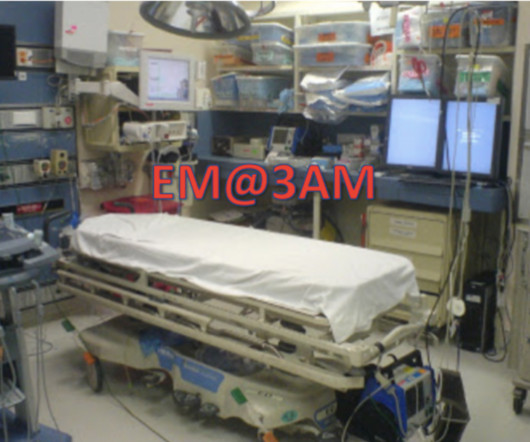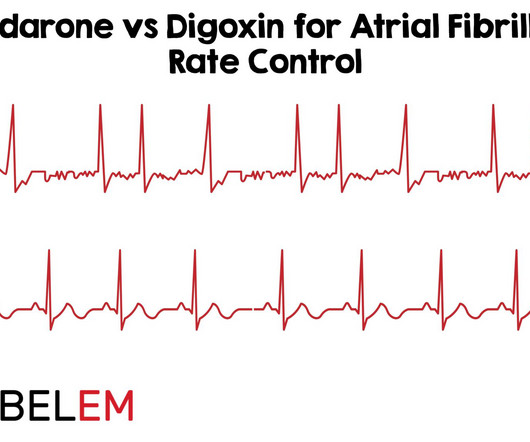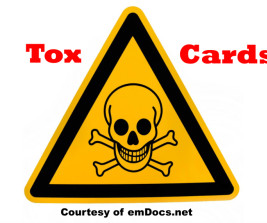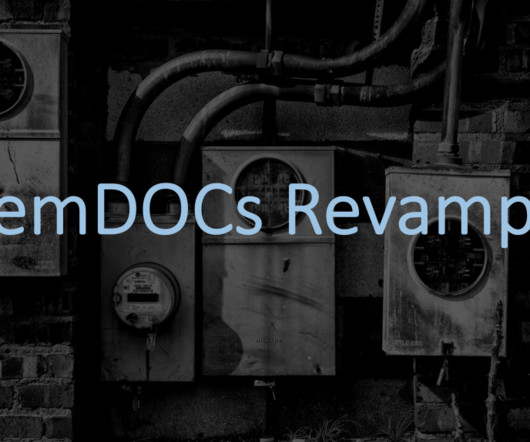EM@3AM: Leukopenia
EMDocs
JANUARY 25, 2025
Well keep it short, while you keep that EM brain sharp. Management is directed based on underlying etiology, but consider fluid resuscitation, antipyretics, and antibiotics as indicated. Available from: [link] The post EM@3AM: Leukopenia appeared first on emDOCs.net - Emergency Medicine Education. 2nd edition.






















Let's personalize your content